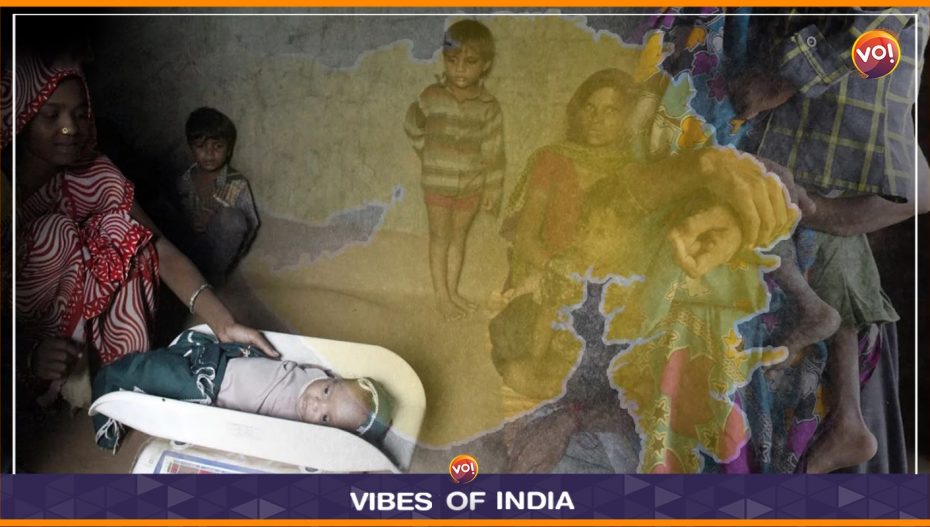The Gujarat government, Thursday, informed the Legislative Assembly of more than 1.25 lakh malnourished children across 30 districts in the state as on December 21, 2022.
Responding to a set of questions raised by Congress MLAs during Question Hour, Minister for Social Justice and Empowerment, and Women and Child Development, Bhanuben Babariya, said of the malnourished children, 1,01,586 were “underweight”, while 24,121 were “severely underweight.”
Responding to a set of questions raised by Congress MLAs during Question Hour, Women and Child Development Minister Bhanuben Babariya informed that of the total 1,25,707 malnourished children in the state, 1,01,586 were “underweight,” while 24,121 fell in the category of “severely underweight.”
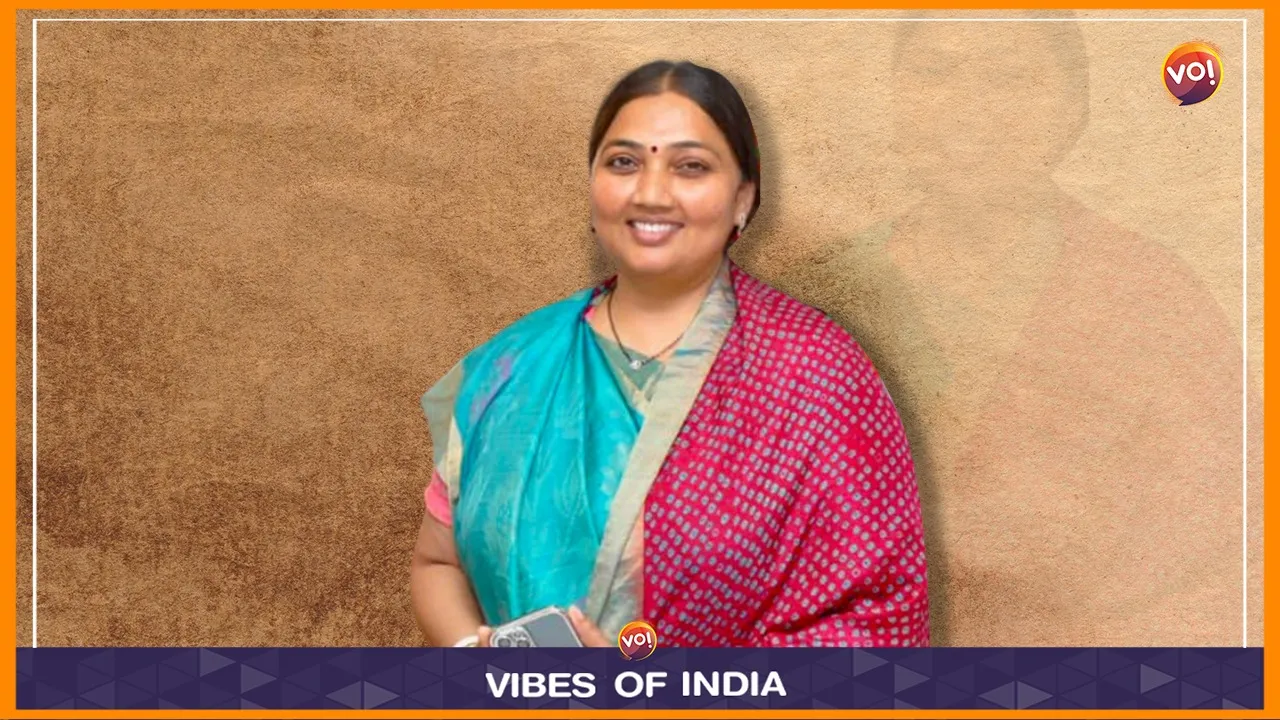
Tribal-dominated district of Narmada accounted for the highest number of malnourished children (12,492), followed by Vadodara (11,322), Anand (9,615), Sabarkantha (7,270), Surat (6,967) and Bharuch (5,863), said Ms Babariya in her written replies.
According to Babariya, Dahod is the most malnourished district while Vadodara is second.
The minister explained that anganwadi centres were closed from March 16, 2020 till February 17, 2022 due to the Covid pandemic and hence the increase or decrease in these numbers in the past two years till December 31, 2022 cannot be provided. However, the shutdown adversely contributed indirectly to the deficient levels.
Currently, she notified, that children in the age group of 3 to 6 years are given hot breakfast and lunch at anganwadis (child care centres). In addition, fruits are given to children twice a week.
For children in the age group of six months to three years, the department provides seven packets of Bal Shakti take-home ration each weighing 500 grams, 10 packets to ‘severely underweight’ kids of 3 to 6 years, and four food packets to ‘underweight’ children, she added.
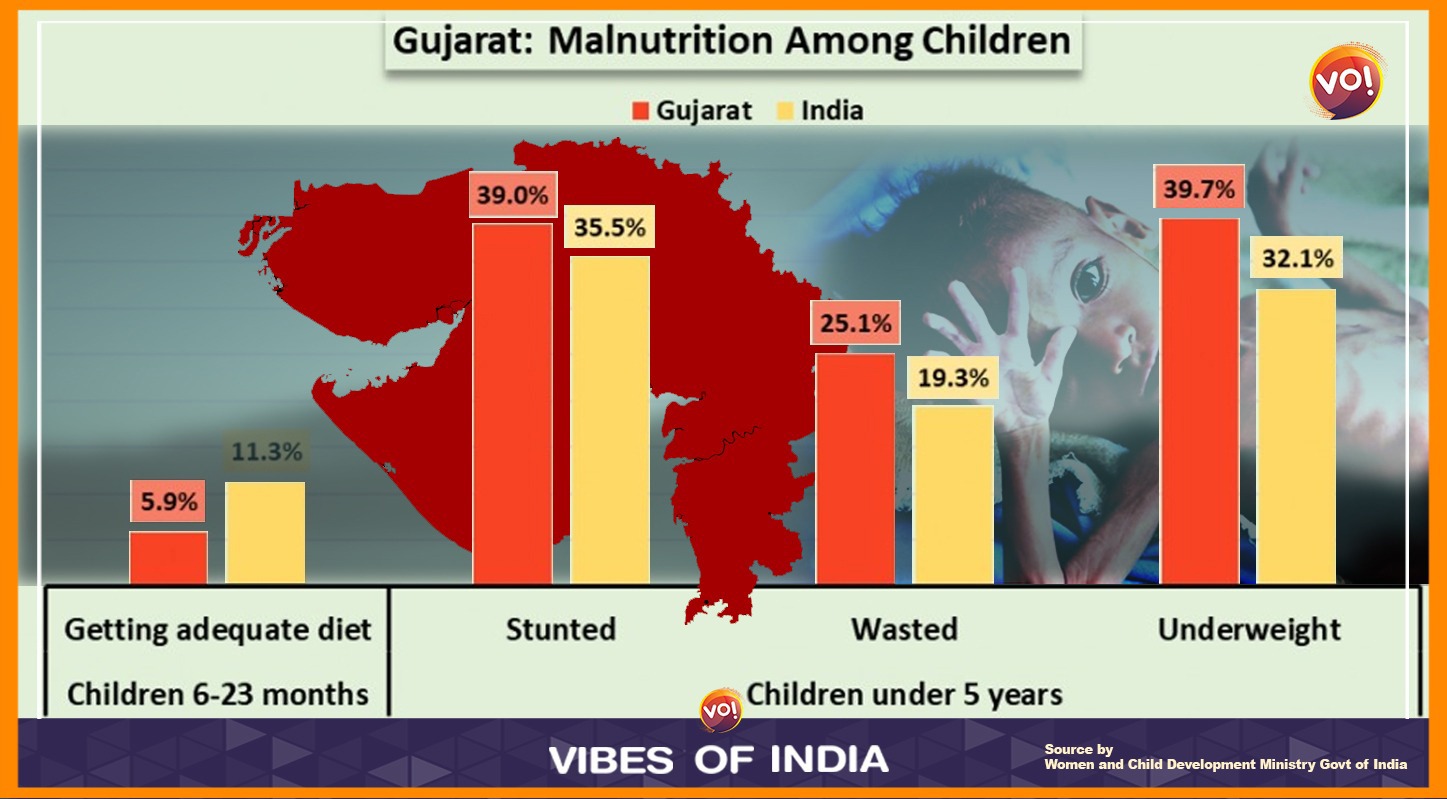
The state government also provides double fortified salt, fortified oil as well as wheat flour to anganwadi children and their mothers to tackle malnutrition, said the minister.
According to the Government of India’s Women and Child Development Data, more than 33 lakh children in India are malnourished. Of these, more than half, 17.7 lakh children are “severely malnourished.” The most severely malnourished children are concentrated in Maharashtra, Bihar and Gujarat. Gujarat ranks third in terms of malnourished children, worse than so-called backward states like Odisha and Uttar Pradesh.
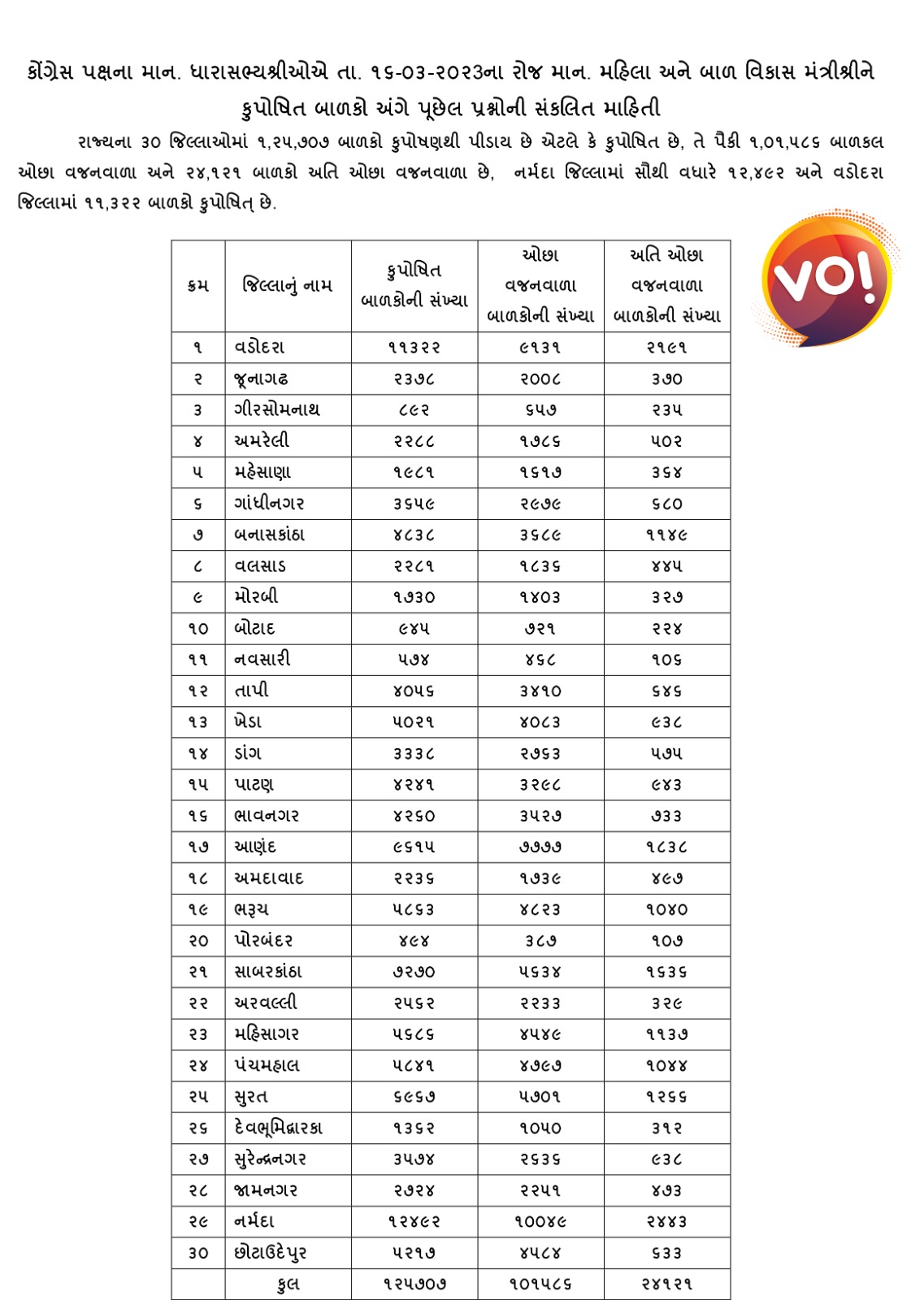
In Gujarat, 39 per cent of stunts were found among children below five years of age. About 25% of children in Gujarat are below the prescribed weight according to their height. On a national basis, the figure stands at 19.3%. In Gujarat, about 40% of children are underweight for their age. The Indian average is 32%.
Given that India’s average includes some of the poorest states with the worst standards, the fact remains that Gujarat, hailed as a prosperous state with its double engine government, has spectacularly failed to ensure adequate nutrition to its children.
Among other parameters assessed to determine nutritional deficiency levels, is anaemia. The lack of iron is known to retard growth while leading to impaired cognitive abilities in children.
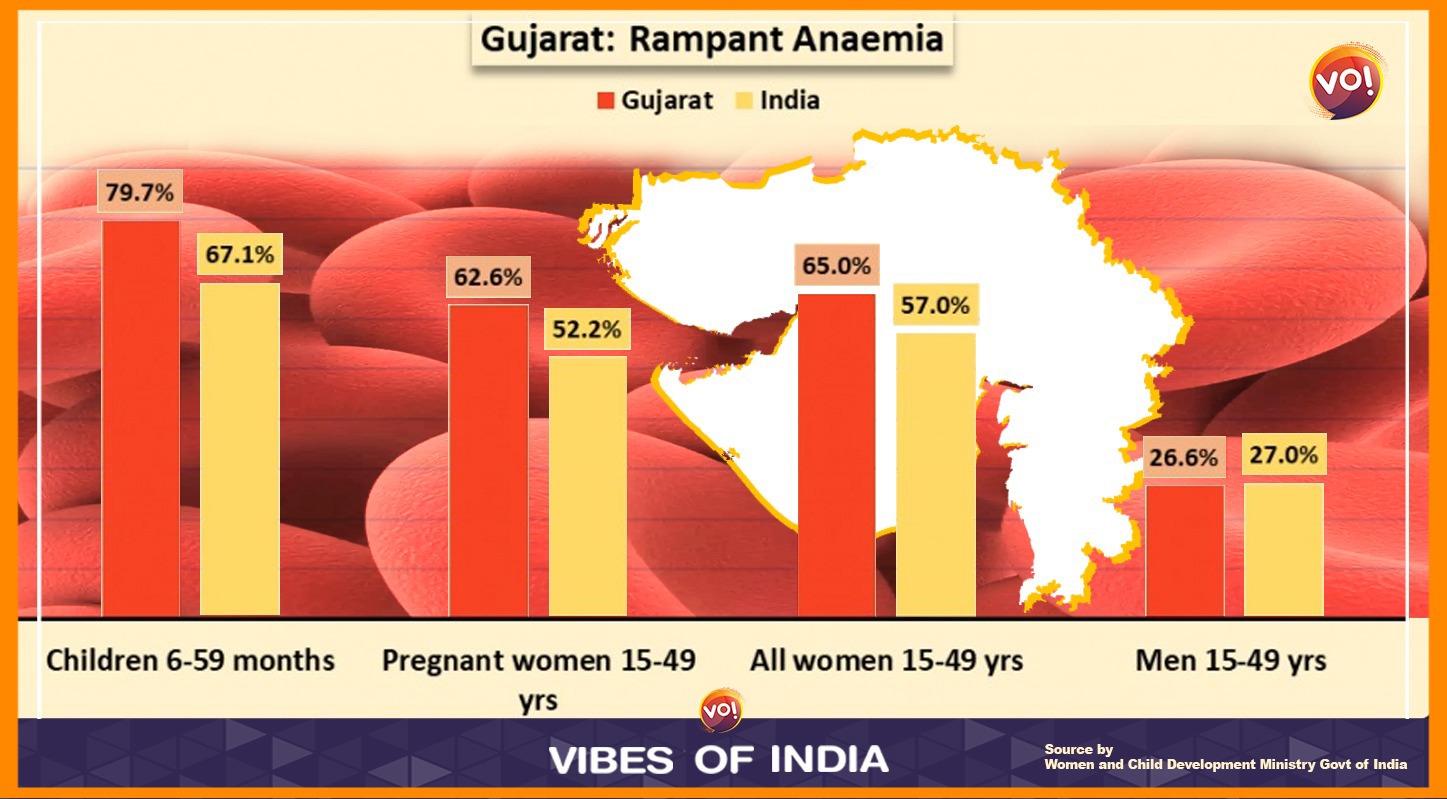
The NFHS-5 (2019-2021) data shows that 80% of children in Gujarat, under the age of five, suffer from anaemia. This is worse than the Indian average – shocking in itself – about 67%. The survey showed that children often inherit this deficiency from their mothers – about 63% of pregnant women in Gujarat are anaemic, compared to the nationwide average of around 52%.
In fact, 65% of all women in the reproductive age group (15-49 years) in Gujarat were anaemic, much higher than the Indian average of 57%.
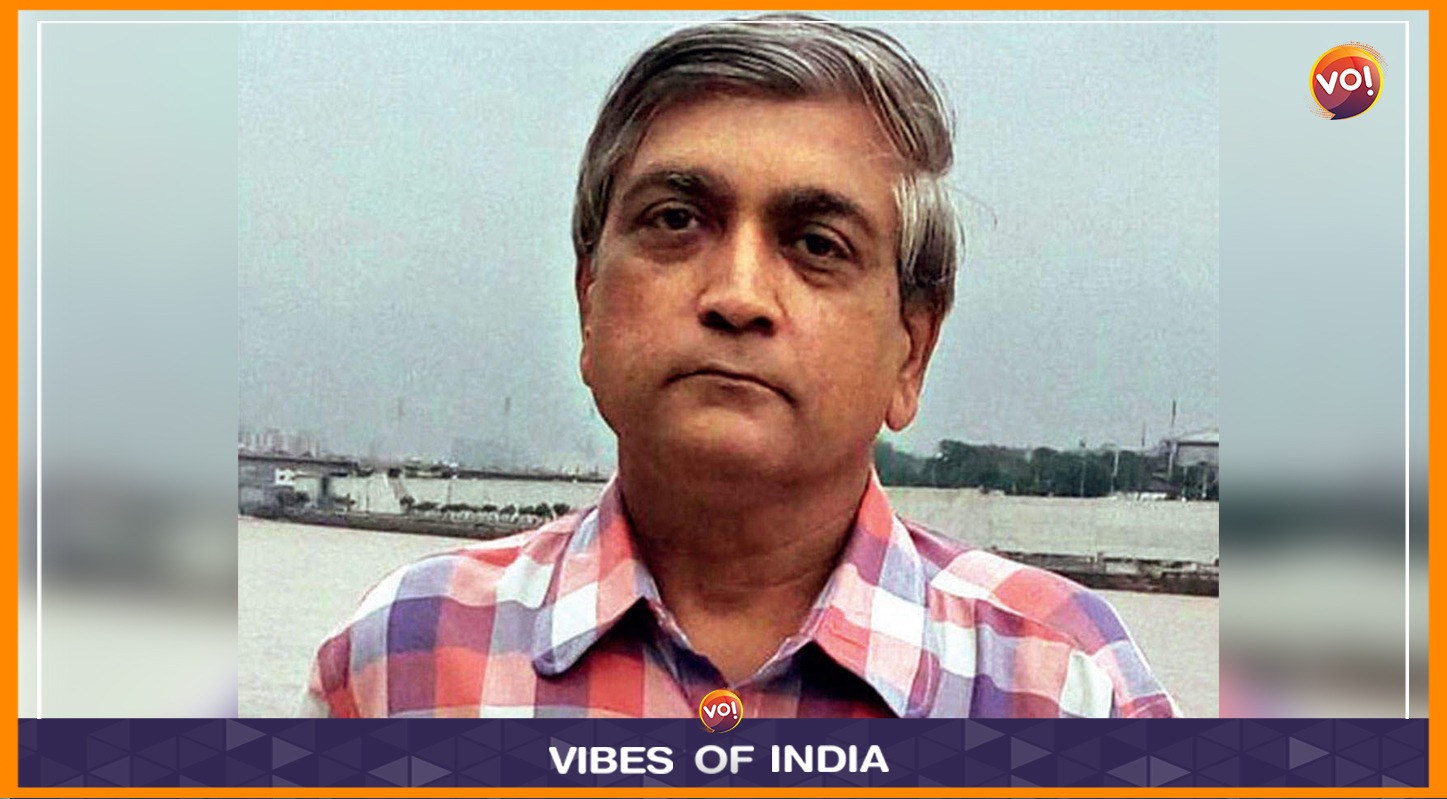
Reasoning the lag, Hemant Shah, Economist and former principal, H.K. Arts College, Ahmedabad, added: “There must be a planned expenditure on Aganwadis and Janani Suraksha Yojana. The state budget must allocate nearly eight per cent of its outlay for health and nutrition.”
Also Read: Despite GIFT City Banking Assurances, Indian Startups Wary; Only 20% Funds Wired Back



